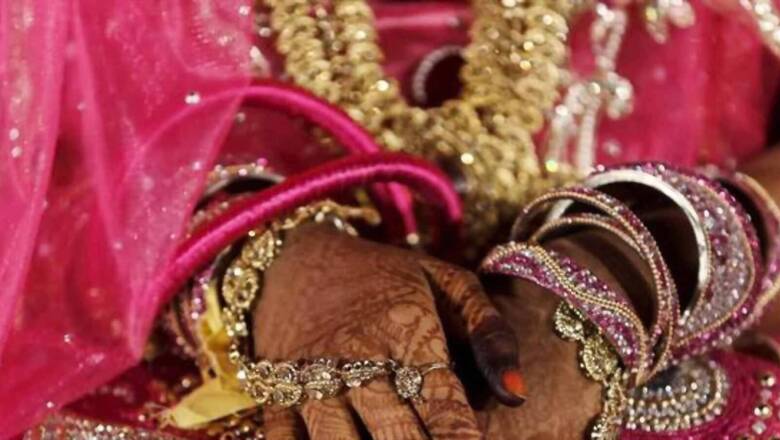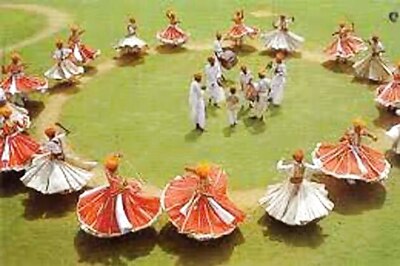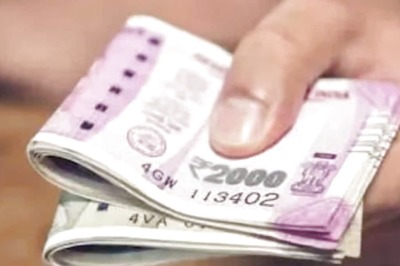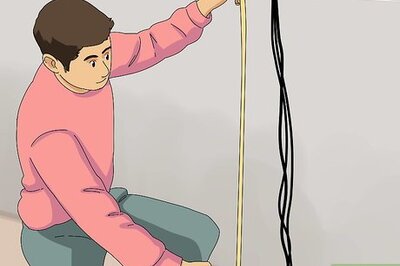
views
In India, the legal age of marriage for women has been 18 years since 1978. The move by the Government of India to increase the legal marriage age for women to 21—a change after 43 years—and bring it on a par with men can revolutionise the approach to address deep-seated socio-economic and cultural issues and boost women’s economic status in society. The proposal is aimed at enabling empowerment of women. As a Kashmiri woman, I see this as a positive step towards ensuring women’s wellbeing.
The Ministry of Women and Child Development has rightly said that it is important to bring down the incidence of teenage pregnancies, which affect the overall wellbeing of girls; risks of miscarriage and stillbirth are also high among teenage pregnancies. It is important that women activists support this Bill.
Why the Government Push Now?
Last year in his Independence Day speech, Prime Minister Narendra Modi said that government was considering increasing the age of marriage for women. The Prime Minister spoke about his government being concerned about the health of daughters and sisters. Earlier in June 2020, the central government had set up a committee of 10 members to re-examine the age of marriage for women in India and study its correlation with women’s health.
Panel’s Terms of Reference
The panel was constituted in June 2020 and headed by Jaya Jaitly, former president of Samata Party. Its terms of reference included examining the correlation of age of marriage and motherhood with the health of the mother and infant as well as key health and population indicators like infant mortality rate, maternal mortality rate, total fertility rate, sex ratio at birth, child sex ratio etc. It was also tasked to suggest measures for promoting higher education among women.
Survey by Task Force Committee
Over 70 per cent of the students across 16 universities, surveyed by the Jaya Jaitly led 10-member central panel, favoured increasing the legal age of marriage for women from 18 to 21 years. Further, about 67 per cent of the students surveyed felt that the ideal age to get married was between 26 and 30 years.
Jamia Millia Islamia vice-chancellor Najma Akhtar, a member of the 10-member panel, had circulated a detailed questionnaire among the students of 16 universities. About 2,300 students were part of the survey; 52 per cent of them were women. The survey included students from different socio-economic classes—37 per cent from lower middle-class (income Rs 70,000 to Rs 2,70,000 per annum), 35 per cent from upper middle-class (Rs 2,70,001 to Rs 8,45,000 per annum) and the rest from above these income limits. Students were asked what according to them the right time for marriage was and when they would like to get married. The study found that 67 per cent students wanted to get married between 26 and 30 years; 20 per cent between 21 and 25 years; 12 per cent after 30.
Recommendations by Task Force Committee
Reports said that the task force, which also comprised officials from health and women and child development ministries, was of the view that at the time of her first pregnancy, a woman must be at least 21 years old.
Among the other recommendations of the task force are improving access to education for girls, imparting them skill-based training and launching an awareness drive to build support for the new law than using coercive methods.
Equal Rights for Men and Women
Women and Child Development Minister Smriti Irani while introducing the Child Marriage (Amendment) Bill, 2021 in Parliament said, “We are 75 years late in providing equal rights to men and women to enter into matrimony. In the 19th century, the marriageable age for women was 10 years. By 1940, it was increased to 12-14 years. In 1978, women who reached the age of 15 were married. For the first time, through this Bill, men and women, keeping in mind the right to equality, can decide on their marriage.”
The author is Editor-in-Chief of The Real Kashmir News. She can be reached @MirYanaSY. The views expressed in this article are those of the author and do not represent the stand of this publication.
Read all the Latest Opinions here




















Comments
0 comment